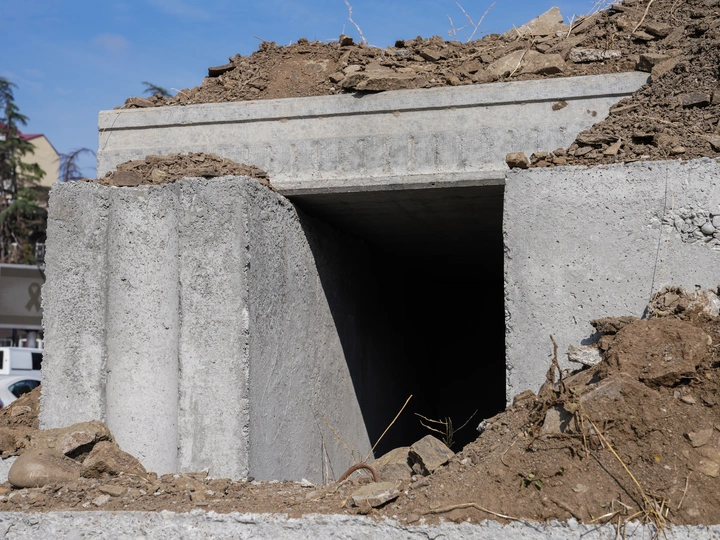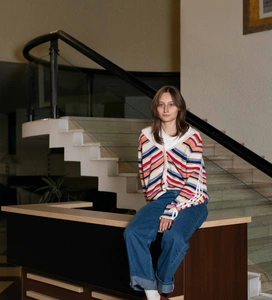Hide-and-Seek

Iryna Miroshnykova
Mariia Noshchenko
Pavilion of Culture is a young institution that started operating in the spring of 2020. It was founded and led by independent curators, producers, architects, and artists. Pavilion of Culture's aim is to be a reliable space for artistic experiments. Our ultimate mission is to qualitatively change cultural and social ecosystems.
Since the spring of 2020, we have been working on the topic of human coexistence with land. In 2021, Pavilion of Culture held an interdisciplinary exhibition titled "Minerals" ("Корисні копалини") based on video recordings and scenographic solutions of a cycle of three modern operas staged by the Uho music agency on the stage of the National Opera of Ukraine in 2016-2018.
The co-founders of Pavilion of Culture, Iryna Miroshnykova and Oleksii Petrov, are owners of the independent architectural office ФОРМА. Iryna and Oleksii were curating the Ukrainian Pavilion at the Biennale Architettura in Venice 2023. One of our goals is the continuity of the publishing activity. Our last publication “Before the Future” (2024) collects the results of the work of the Ukrainian Pavilion at the 18th Biennale Architettura in Venice and contains thoughts of nearly 50 professionals about today`s Ukrainian architecture.
We`ve already worked with the theme of fortifications during the Before the Future exhibition at the 2023 Venice Architecture Biennale. We invited Ukrainian researchers to talk about Zmiievi Valy (eng. the Serpent`s Wall) in our publication of the same name. The issue of protective structures also became central in the Checkpoint project installed in Tbilisi, Georgia.
“Hide-and-seek” is a multidisciplinary study, leading to the exhibition on fortification architecture used during wartime and its repurposed meaning in conditions of peace. Today Ukrainian cities filled with both intuitive and professional, archaic and modern, temporary and permanent defence structures (bunkers, pillboxes, road defence barriers and gates, military sangar and observation posts, vehicle checkpoints, trenches), still serve as a common space of coexistence for individuals with diverse psychological backgrounds. Fortification architecture now integrated into the regular walking experiences can induce calmness or provoke anxiety, blend into the typical urban landscape or command attention as a focal point. The exhibition will feature research results, documented material, and artistic reflections on the topic.
We invite contributors to reflect on the past, present, and future of large protective constructions as well as the small amateur intuitive architectural forms that make up the invisible sublevel of the city, at the same time, being the basic meaning and fundamental need of any urban setting. We are engaging different vulnerable groups — veterans, military, temporary displaced persons — as well as the civic city residents in the dialogue, asking how our society endows the urban and nature landscapes with fortification meanings. And where in the city do we feel safe?
